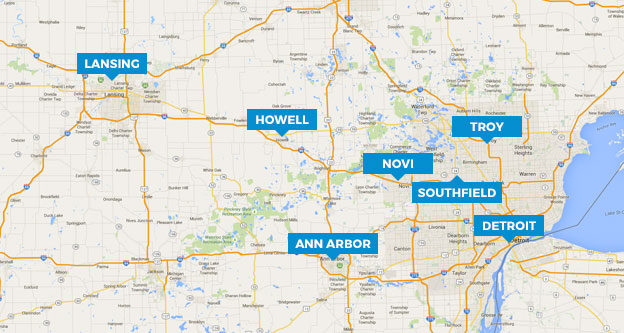The hardest part of our job is explaining to a client why they have a large tax bill. This is a difficult discussion because nobody wants to pay more taxes to the IRS. Here are some tips on paying sufficient taxes throughout the year so you don’t get a surprising tax bill at the end of the year.
Prepare Form W-4 Correctly
Properly fill out the W-4 you receive when getting a new job. On or before the first day of your new job, you will fill out Form W-4, Employee’s Withholding Allowance Certificate. The W-4 will request your marital status and the number of allowances or exemptions you are claiming. I recommend being conservative on the number of exemptions you claim. For example, you are single with no dependents and no personal deductions. I recommend filing single 0 or 1. Claiming 0 should get you a refund. You will likely break even if you claim 1. Claiming too many exemptions will likely result in you owing taxes at the end of the year.
Word of Caution for Newly Retired Individuals
Review your tax withholdings when you retire. All your life taxes were automatically taken from your paycheck. You always received a refund. You are now retired and receiving retirement income such as a pension, 401K, IRA, and social security. The transition to retirement requires careful tax planning. Unlike a paycheck from a job, taxes are not automatically withheld from retirement income. You have to request taxes to be taken out. If you are transitioning to retirement in 2015, then I recommend finding out your effective tax rate. The effective tax rate is the average rate of taxes you pay on taxable income. Then request automatic tax withholdings from your retirement income based on your effective tax rate.
No Withholdings? Pay Quarterly Estimates
Pay IRS estimated taxes quarterly for other sources of income such as self-employed, investment, and rental. You should pay estimated taxes quarterly when the taxes owed are expected to be greater than $1,000. The general rules for estimated taxes are to pay 100% of your 2014 taxes or 90% of your expected taxes for 2015. For example, your 2014 tax was $10,000. You should pay $10,000 of estimated taxes in 2015. This comes out to $2,500 per quarter. (10,000 / 4 = 2,500) Estimated taxes are due on 4/15/15, 6/15/15, 9/15/15, and 1/15/16. Estimated taxes can be paid online by using IRS Direct Pay, mailing in payment, Electronic Fund Tax Payment System (EFTPS), or third party credit card processor.





